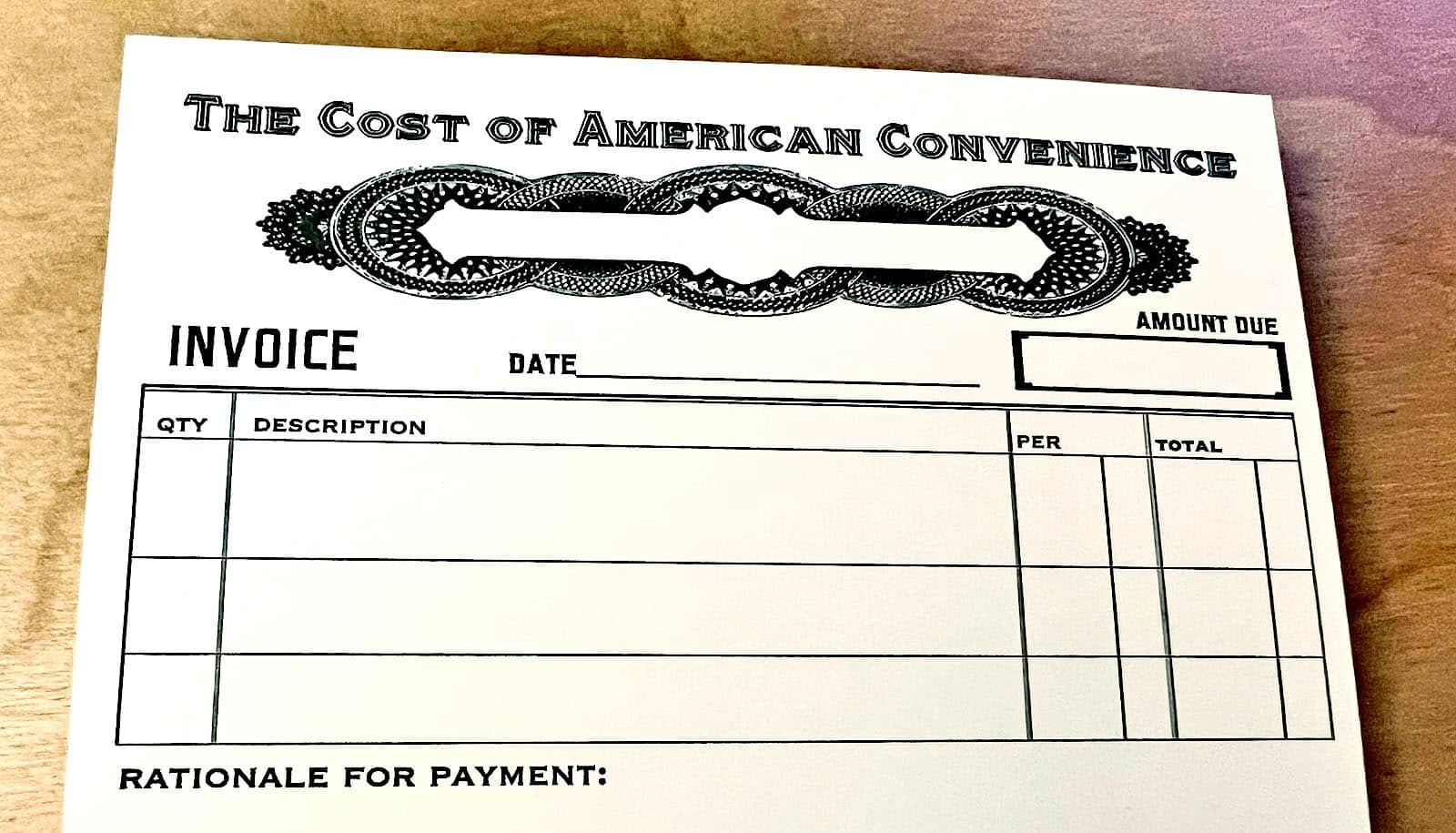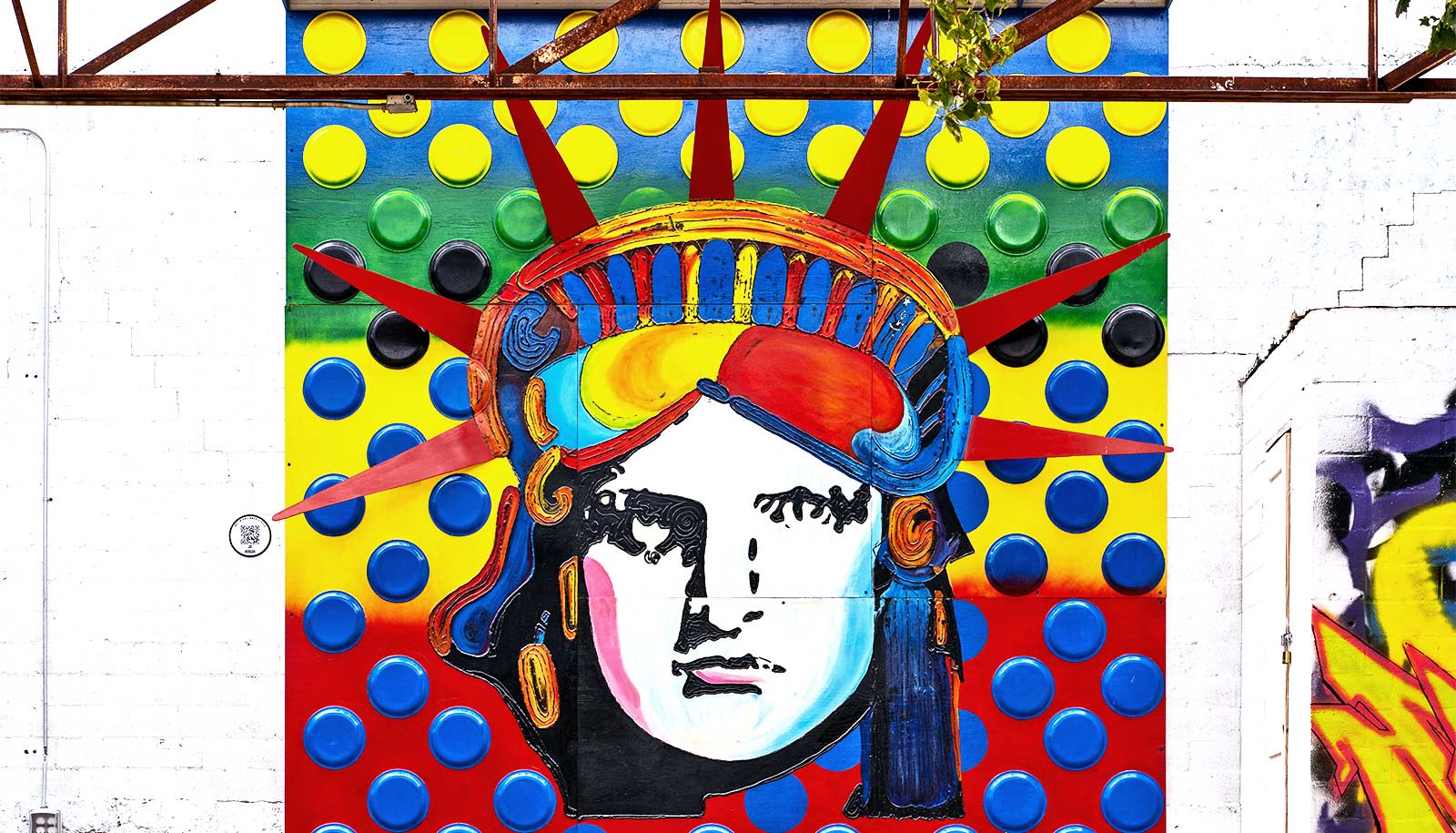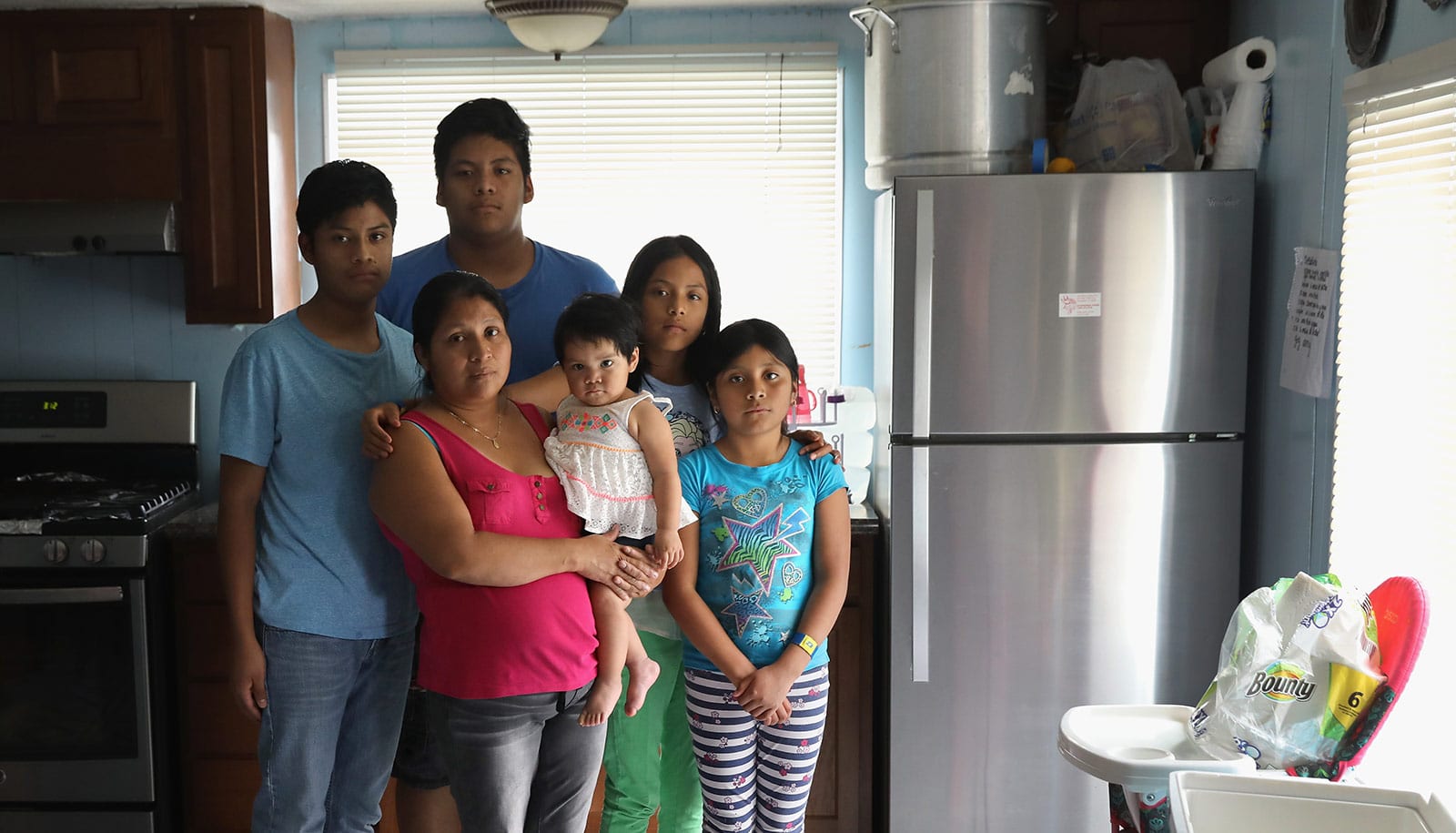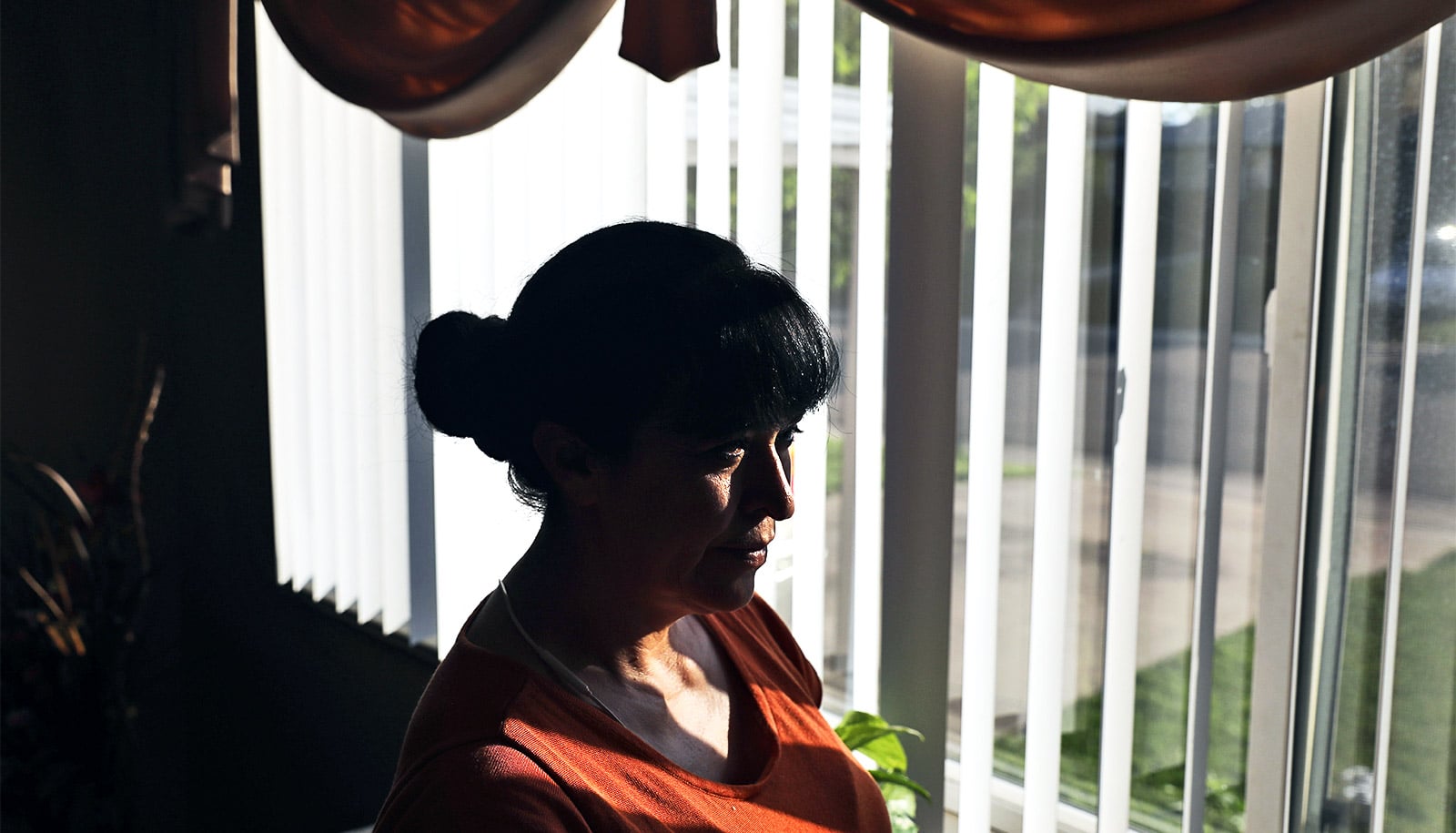A new platform for immigrants’ stories aims to show the costs of undocumented life.
There are an estimated 11 million undocumented immigrants in the United States, each with their own experience of adversity and loss. Financial, psychological, medical, familial—individuals labeled undocumented amass a multitude of damages, many of which are overlooked in the public conversation about immigration.
A new Stanford-based research collaboration is working to bring those costs to light. The project—led by Antero Garcia, an associate professor at Stanford Graduate School of Education, and Alix Dick, a storyteller and filmmaker from Mexico who now lives in Los Angeles—provides a platform for first-person accounts of undocumented life, and an opportunity to tally the costs incurred.
“Immigrants are often treated and talked about as a cost, a burden on the United States,” says Garcia. “But for people who’ve immigrated to this country, voluntarily or involuntarily—what are the costs to them and their lives? What’s been taken? And how and why do they continue to pay these costs for living in America?”
Together, Garcia and Dick are working to reframe the predominant narrative about undocumented life in the United States, using a participatory research approach that puts immigrants’ stories and experiences front and center.
Garcia, an education scholar who began his career as a high school English teacher in South Central Los Angeles, has authored or edited more than a dozen books about transforming schooling in the United States. In his work, Garcia centers his subjects’ voices in his work, often employing a research approach known as autoethnography.
“Nobody else gets to tell their stories for them.”
“Autoethnography is about individuals naming their own experiences and relating them to the world around us,” Garcia says. “So instead of embedding myself in an immigrant community, for example, and then telling that story, the idea is for people who’ve been part of that community for a long time to share that expertise themselves.” He likens it to pláticas research, a Chicanx/Latinx feminist methodology in which subjects share their lived experience through one-on-one conversations.
Garcia also holds a longtime commitment to making his research accessible, frequently seeking out publicly available channels for his work over academic journals with a prohibitive paywall.
To that end, Garcia and Dick recently launched a weekly online newsletter, La Cuenta, to provide a venue for the stories of undocumented Americans. The newsletter, whose name derives from a Spanish word for a bill or receipt, explores the many costs of living undocumented in the United States, financial and otherwise.
One anonymous contribution in a recent issue offered a list of dos and don’ts in learning to be undocumented, including: “Don’t get your hopes up about going to college, [because] you won’t get financial aid and we can’t afford it”; “Do drive very cautiously,” to avoid getting pulled over—and even, simply, “Don’t try to stand out.”
Another issue featured a conversation between Dick and newly elected Los Angeles City Councilmember Hugo Soto-Martinez about the cost of undocumented labor. Dick also conducted a two-part interview with Jorge Xolalpa, an award-winning movie director from Mexico who recently learned that his latest film will screen at the Cannes Film Festival next spring but shared that, even with DACA protection, he can’t safely leave the country to attend his own premiere.
In addition to launching La Cuenta online, Garcia and Dick are using a more tangible, old-school device—postcards—to solicit stories about the costs of undocumented American life.
For this they reached out to Hope Amico, an artist and educator based in Portland, Oregon, who has been running a postcard-based art project called “Keep Writing” since 2008.
Every month, Amico designs a letter-pressed postcard with an introspective prompt on a theme and sends the cards to her list of subscribers, who mail in their responses (which Amico sometimes includes in her art shows).
For Garcia and Dick’s research, Amico designed a postcard elegantly modeled after an old-fashioned invoice, with empty fields for respondents to itemize the costs they’ve incurred as an undocumented immigrant, give a rationale for payment, and add up the total amount due. (Along with sending it to her own subscribers, she had a supply printed for Garcia and Dick to distribute, available by request at no charge.)
Dick shares an experience of her own on the postcard template as an example, accounting for her loss of hearing in one ear. She writes:
I was an immigrant working at a restaurant in Atlanta when my tooth became infected. Unable to afford $1,500 of medical care, I ignored it. For eight months, the pain increased, sometimes leaving me unable to sleep. One night, I woke with blood pooling on my neck. The infection had spread to my ear, affecting my hearing, which I never regained. I often apologize for this: I’m sorry, what did you say? I’m apologizing for the cost of American living for someone like me.
The anonymity of the postcard not only protects respondents’ identity but also establishes limits that are hard to come by in contemporary communication, the collaborators note.
“We don’t know anything other than what’s on the postcard we receive,” Garcia says. “We don’t have a way of communicating with that person, asking them for more details. You don’t get anything more than what they offer.”
Soliciting stories by postcard might be an unconventional research tactic, but “people are writing back and sharing their stories,” says Dick. “It was an unusual idea, but it’s working.”
The research team is seeking out stories from people of all ages, and while they didn’t specifically target educators to partner in the effort, they’ve already gotten interest from teachers in developing a curriculum around it. “A couple of teachers who happened to receive the postcard reached out and said, ‘I’ve got large communities that I teach every day who are undocumented, or their families are, and I’d love to think about how I could bring this work into the classroom,’ ” Garcia says.
Ultimately Garcia and Dick plan to develop their material from this project into a book, built around the voices and experiences shared through La Cuenta and the postcards they receive.
“Our biggest desire is for people to know that they have expertise through their experience, and that they get to tell their stories,” says Dick. “Nobody else gets to tell their stories for them.”
La Cuenta publishes weekly on Thursdays. Visit the site to subscribe or request a postcard.
Source: Stanford University



